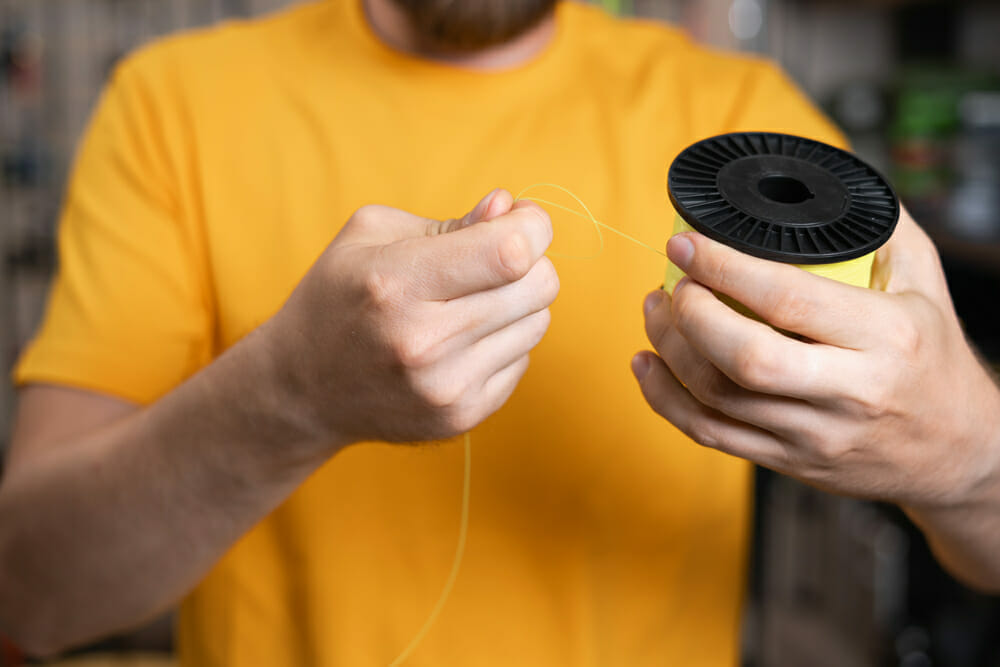Fishing is a relaxing and rewarding pastime that requires a combination of skill, patience, and the right equipment. While having the right fishing rod and bait is important, knowing how to tie the right knots can make all the difference in the success of your fishing trip. In this article, we’ll cover some essential fishing knots that every angler should know, including the double uni knot, palomar knot, and loop knot, as well as a few others.
Double Uni Knot
The double uni knot is a versatile knot that can be used to tie two lines together, making it an essential knot for many fishing applications. Here’s how to tie it:
Step 1: Overlap the two lines you want to join, forming a loop with the two parallel lines.
Step 2: Hold the loop in place and tie a simple overhand knot with the two lines, making sure to leave enough tag end to complete the knot.
Step 3: Take the tag end of one of the lines and thread it through the loop and around both lines several times, making sure to keep the wraps tight.
Step 4: Repeat step 3 with the tag end of the other line, making sure to use the same number of wraps on each side.
Step 5: Once you’ve completed the wraps on both sides, pull the standing lines in opposite directions to tighten the knot.
Palomar Knot
The palomar knot is a strong and reliable knot that is great for attaching a hook or lure to your fishing line. Here’s how to tie it:
Step 1: Double your line and form a loop.
Step 2: Pass the loop through the eye of your hook or lure.
Step 3: Tie a simple overhand knot with the doubled line, making sure to leave the loop open.
Step 4: Pass the loop over the hook or lure and pull it tight.
Step 5: Trim any excess line.
Loop Knot
The loop knot, also known as the non-slip loop knot, is a versatile knot that creates a loop at the end of your fishing line, making it great for attaching hooks, lures, or leaders. Here’s how to tie it:
Step 1: Form a loop at the end of your line.
Step 2: Pass the end of the loop through the eye of your hook, lure, or leader.
Step 3: Tie a simple overhand knot with the tag end of the line.
Step 4: Pass the tag end through the loop and wrap it around the standing line.
Step 5: Pass the tag end back through the loop and pull it tight, making sure to moisten the knot with saliva or water before tightening.
In addition to these three essential fishing knots, there are several others that are useful for specific fishing applications. The blood knot is a great knot for tying two lines of similar diameter together, while the clinch knot is perfect for attaching a hook or lure to your line. The improved clinch knot is a stronger version of the clinch knot and is great for heavier lines.
In conclusion, knowing how to tie the right knots is essential for successful fishing. By mastering the double uni knot, palomar knot, and loop knot, as well as a few other key knots, you’ll be well-equipped for a successful day on the water.


